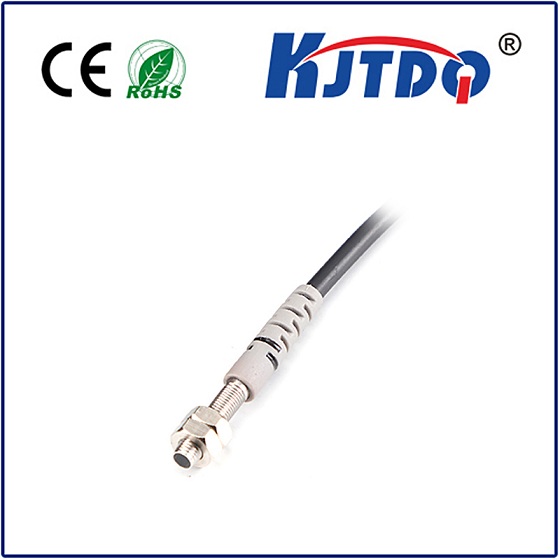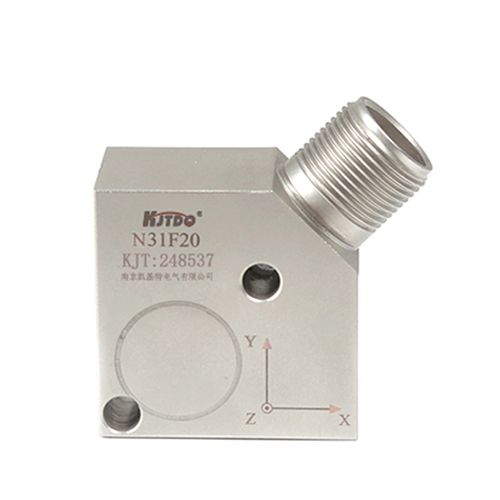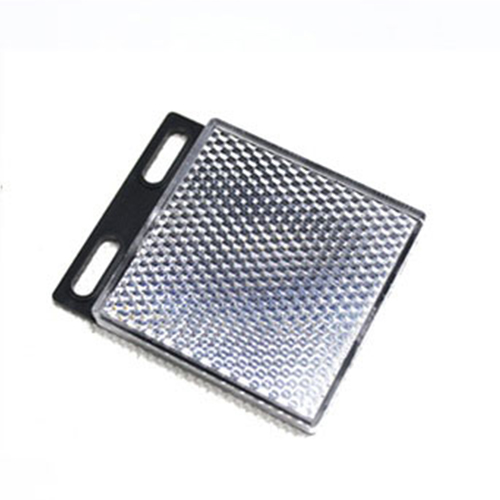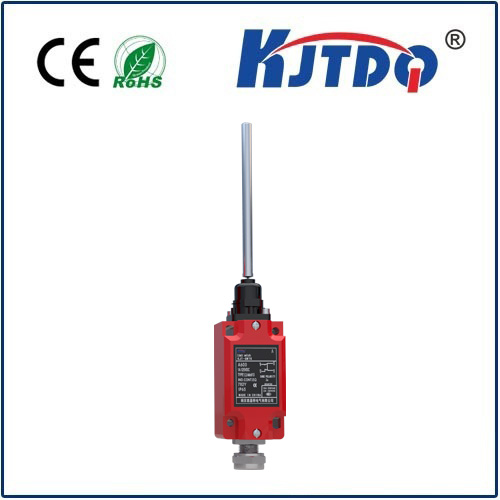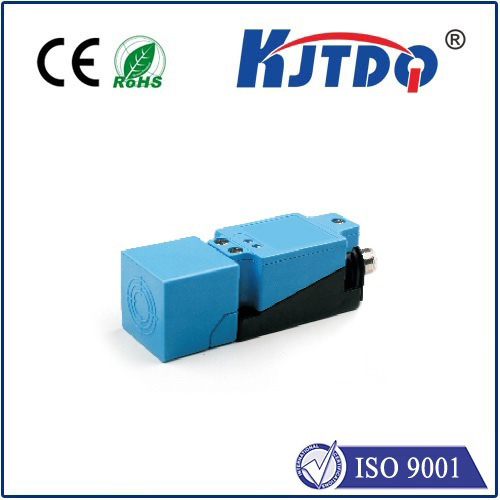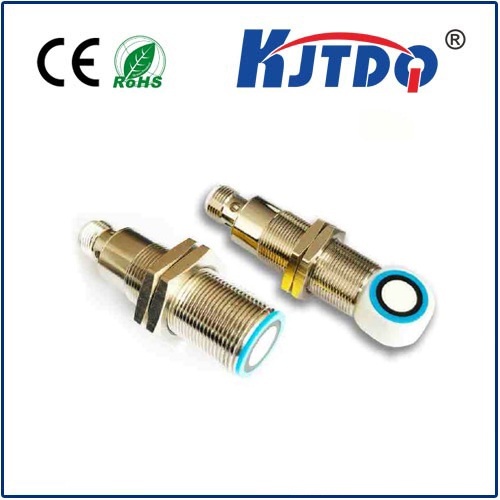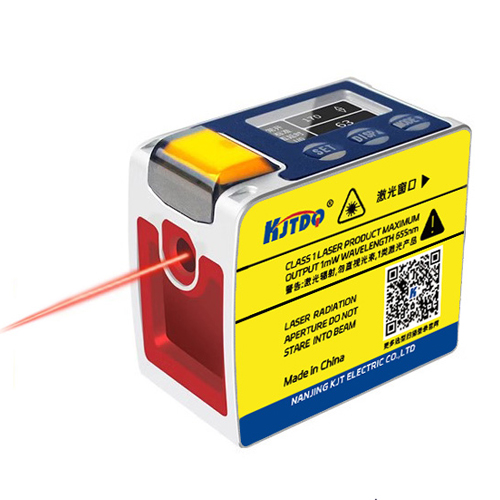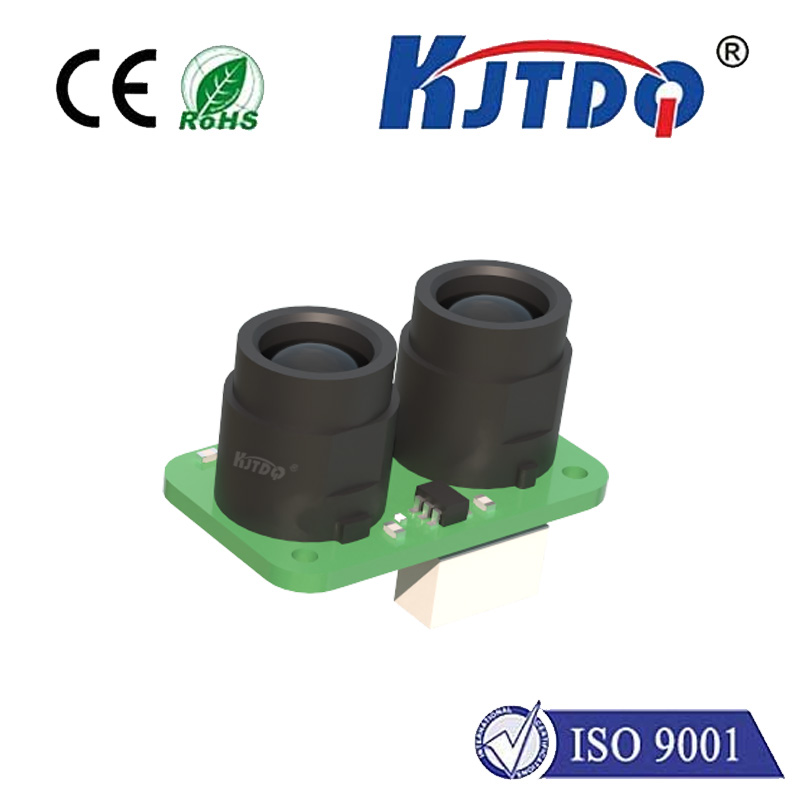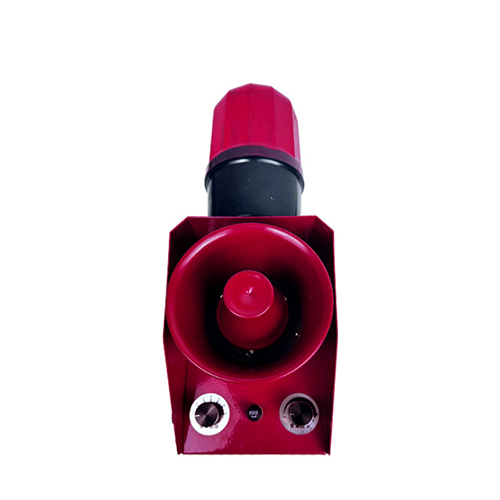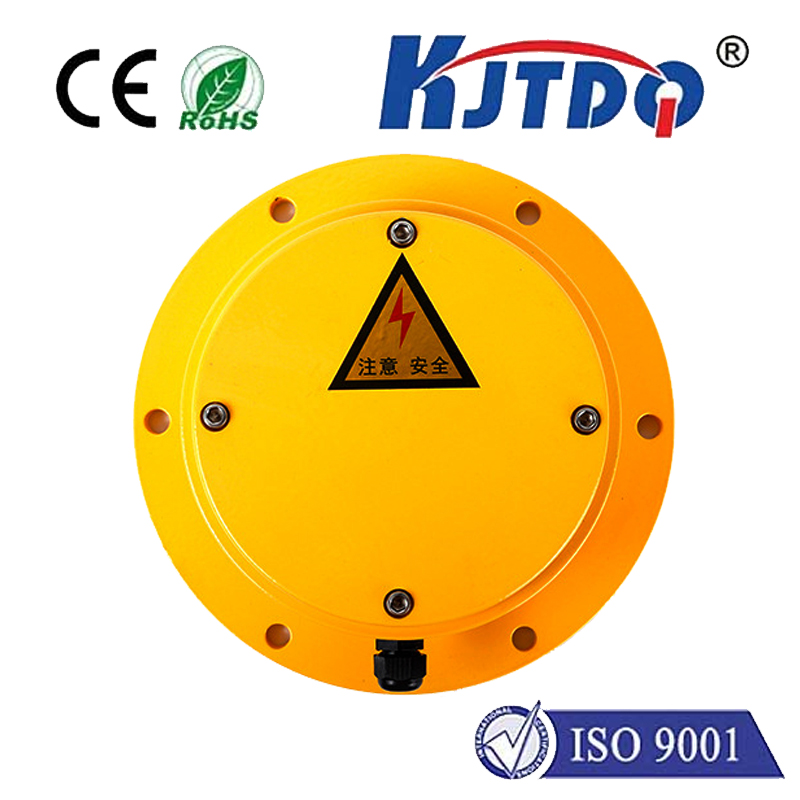

check

check

check

check

check

check

check

check

check

check
Title: Understanding L150F 30 Limit Switch: A Guide for Beginners
Introduction to L150F 30 Limit Switch
In the world of industrial automation and control systems, limit switches play a crucial role in ensuring the safe and efficient operation of machines. One such switch that has gained popularity due to its reliability and performance is the L150F 30 limit switch. In this article, we will provide an in-depth understanding of the L150F 30 limit switch, including its features, applications, and common troubleshooting techniques.
Features of L150F 30 Limit Switch
The L150F 30 limit switch is a mechanical switch with a built-in mechanism that allows it to detect the position of the switch's actuator or contact piece. It is designed to operate in a wide range of temperatures, making it suitable for use in harsh environments such as industrial machinery, automotive systems, and aerospace applications. Some key features of the L150F 30 limit switch include:
* High-contact strength and durability, ensuring reliable operation even in demanding conditions.
* Low contact resistance, minimizing power consumption and extending battery life.
* Easy installation and adjustment, thanks to its compact design and adjustable actuator distance.
* Interchangeable actuator options, allowing you to choose the best fit for your specific application.
Applications of L150F 30 Limit Switch
The L150F 30 limit switch has a wide range of applications across various industries. Some common use cases include:
1. Industrial machinery: The L150F 30 limit switch is widely used in industrial equipment such as conveyors, elevators, and cranes to detect the position of doors, gates, and panels. It helps ensure safety and efficiency by preventing equipment from moving into restricted areas or operating beyond their limits.
2. Automotive systems: The L150F 30 limit switch is also popular in the automotive industry, where it is used to detect the position of doors, windows, and other components in vehicles. This helps improve safety and convenience for drivers and passengers.
3. Aerospace applications: The L150F 30 limit switch is suitable for use in aerospace applications due to its high contact strength, temperature tolerance, and reliability. It is commonly used in aircraft engines, landing gear systems, and other critical components that require precise positioning and control.
Troubleshooting Techniques for L150F 30 Limit Switches
Like any mechanical component, the L150F 30 limit switch may experience some issues from time to time. Here are some common troubleshooting techniques that can help you identify and fix problems with your limit switch:
1. Checking actuator function: Make sure the actuator is working properly by testing its movement when the switch is activated. If the actuator does not move or moves erratically, it may be damaged or need replacement.
2. Testing contact quality: Clean the contact surfaces of the switch using a brush or compressed air to remove any dirt or debris that may be interfering with proper operation. If the contact still does not work reliably after cleaning, it may be damaged or need replacement.
3. Checking wiring and connections: Ensure that all wiring and connections between the switch and other components are secure and properly installed. Loose connections or faulty wiring can cause errors in signal transmission and result in incorrect switch operation.
Conclusion: Understanding the L150F 30 limit switch is essential for anyone working with industrial automation and control systems. By familiarizing yourself with its features, applications
